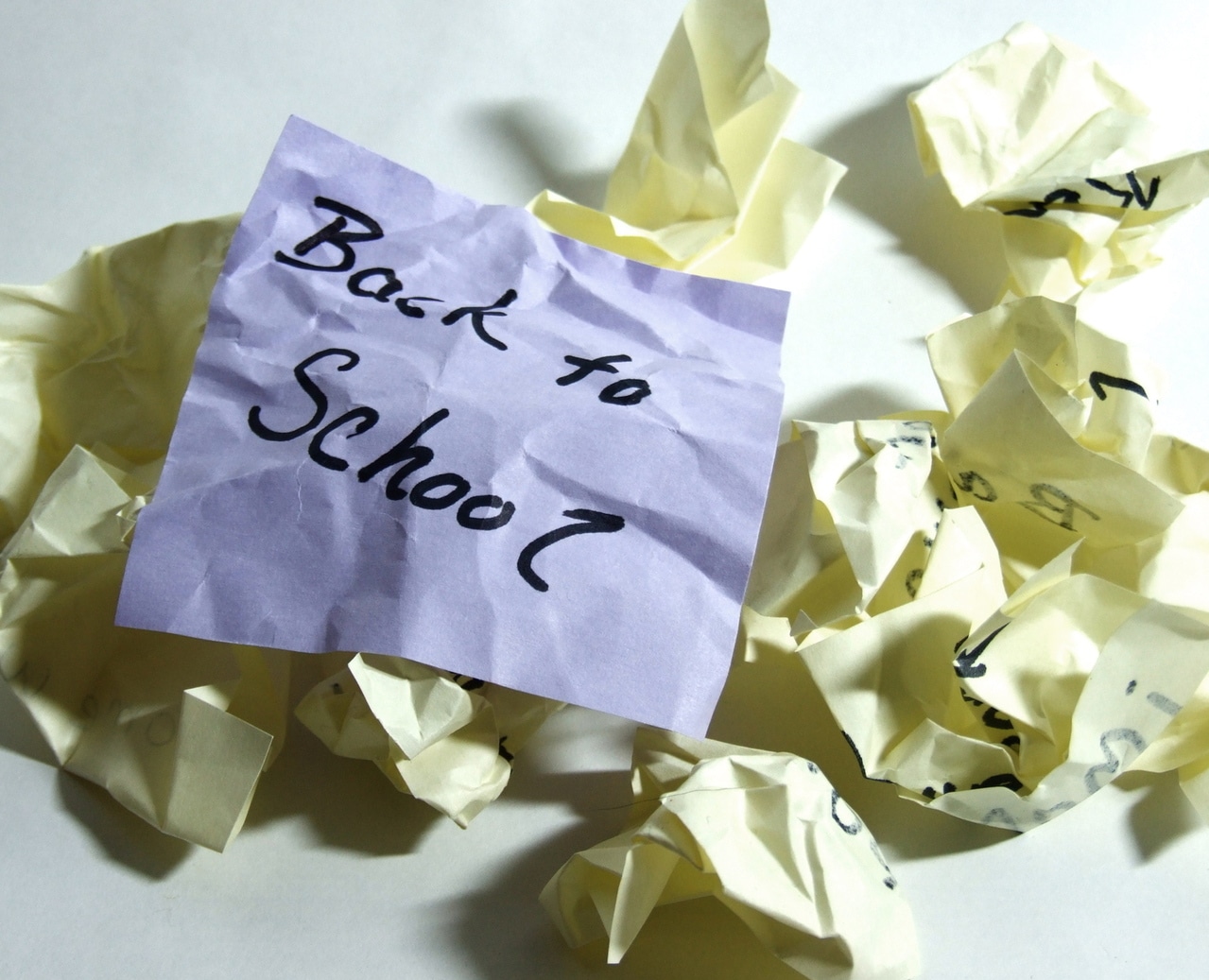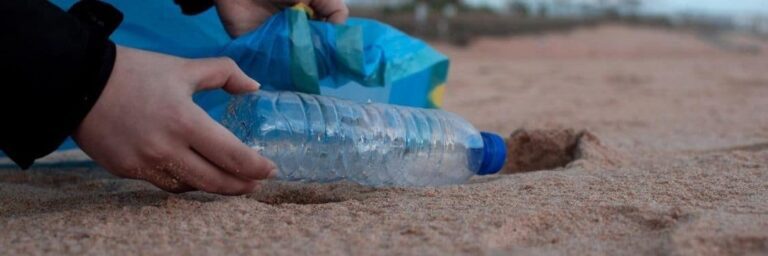We consider schools as our second home, where we gain knowledge and understanding of how to survive and succeed in the real world. It is ideal to keep our learning environment clean and orderly. Like our home, we must keep our school sanitary and clutter-free. One way to do so is to avoid littering.
Littering in schools harms not only the students and teachers in the vicinity. Littered rubbish could also affect the people, animals, and the environment outside the school premises. That’s because of factors like wind, rain, and water systems that allow waste to travel and reach great distances.
Thus, better think twice before you mindlessly throw that foam takeout container outside your classroom.
Related: Getting Rid of Back-To-School Rubbish & Junk
Littering in Schools Statistics
Not many data is available on school littering statistics. However, we can deduce that information from general littering statistics in Australia and NSW.
Most Common Litter Items
In 2016-2017, waste from beach cleanups amounted to more than 2.6 million tonnes of rubbish items. Of this amount, plastic materials comprise around 75 per cent. Other common littered items include:
- Cigarette butts
- Food wrappers
- Plastic bottles and caps
- Plastic bags
- Plastic straws
- Disposable takeout containers
- Plastic lids
- Paper and cardboard products
- Glass
- Metal scraps
At least seven out of the ten above-listed items apply in school settings. Perhaps, some of the collected rubbish during coastal cleanups came from schools and ended up in the ocean through the wind and waterways.
Litter Statistics
The Australian government spends about $300-350 million yearly to solve the country’s littering problem. That huge sum of money goes to waste on a problem that would have never existed if people threw their trash properly. Litter from schools could make it to the streets and waterways, contributing to the 5000 tonnes of litter entering Sydney waterways annually. About 95 per cent of this amount comes from suburban streets.
Among the types of rubbish, plastic materials and paper and cardboard products are the largest contributors to litter in terms of volume. That means that although cigarette butts are the most common littered item, plastic and paper rubbish make up most of the waste generated in the country, and these materials are present in schools.
Plastic Litter
Plastic litter in NSW reaches up to 2.38 litres per 1,000 sq. m. That’s about 31 per cent of all litter volume in Australia. The major contributor to this amount is industrial and commercial establishments which generate approximately 40 per cent of the total litter volume. However, schools generate plastic wastes as well.
Food wrappers, plastic bottles, straws, plastic takeout containers, and other plastic products could become litter if students and teachers don’t throw their trash properly.
Paper Litter
Paper and cardboard litter follow plastics in litter volume. Littered paper products in NSW approximate to 2.33 litres per 1,000 sq. m.
Why does Littering happen in Schools?
Some places get littered more often, including industrial areas, highways, and car parks. On the other hand, beaches, parks, schools, and housing areas not littered much. A lot of factors cause why people litter an area more often than other places. These include:
Type of rubbish
- Lack of trash bins
- Cleanliness of the site
- The behaviour of other people in the area
- If people can be seen littering
Considering these factors and knowing that schools are relatively clean and well-maintained institutions, you wonder how littering is still an issue in schools. Here are some reasons why:
- Lack of information – people litter because they don’t comprehend the gravity of the impact that litter causes.
- Presence of litter – people are likelier to throw in unclean sites because there’s already litter in the area.
- Laziness – people litter is because they’re too lazy to look for trash bins, and throwing trash anywhere is more convenient.
- Lax execution of rules on littering – people disregard rules when they are not imposed well, and when there is not enough signage to remind them
Effects of Littering in Schools
Aside from the fact that litter makes any place dirty and unpleasant, litter is also harmful because it can cause accidents and fire. Littering also makes the jobs of your school janitors and maintenance crew more difficult. On a bigger note, improperly thrown rubbish harms the environment and animals.
The litter thrown in your school could end up in waterways and water bodies, leading to greater problems such as pollution, flooding, and habitat destruction.
The impact of rubbish is far-reaching. That’s why we aim to target the problem from its roots. Paul’s Rubbish Removal offers thorough rubbish removal in schools and other establishments. We have expert rubbish removalists who can deal with your rubbish problems sustainably, from collection, sorting, and transportation through to recycling and disposal.
Let us handle all the heavy and dirty work for you. At Paul’s Rubbish Removal Sydney, we are your partner in keeping this world a cleaner and greener place to live in through our eco-friendly waste disposal methods. Call us at 0407 125 125 or message us for enquiries.







